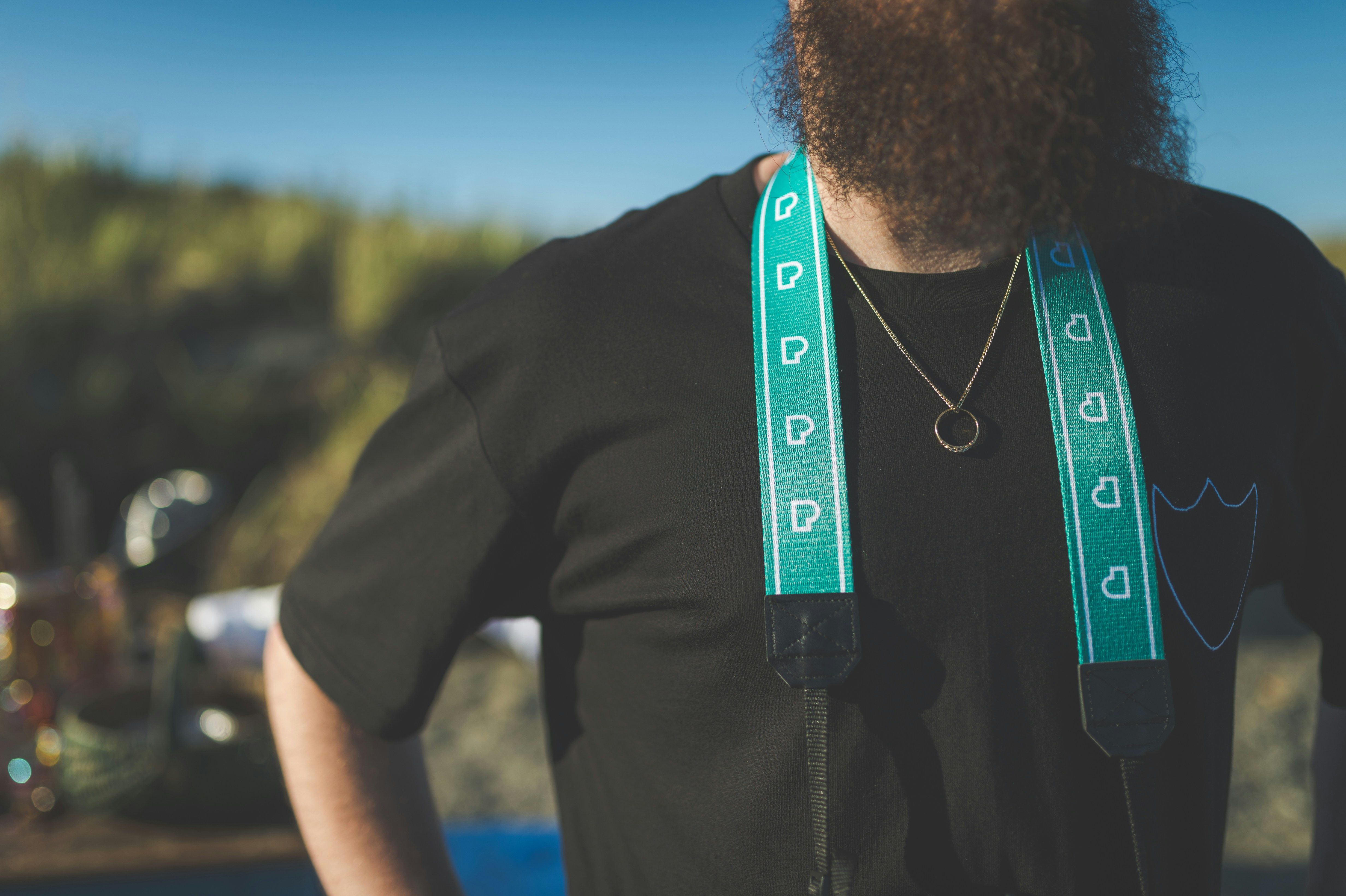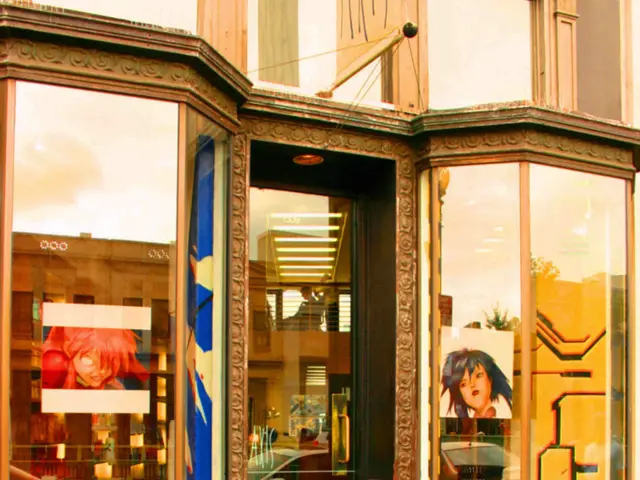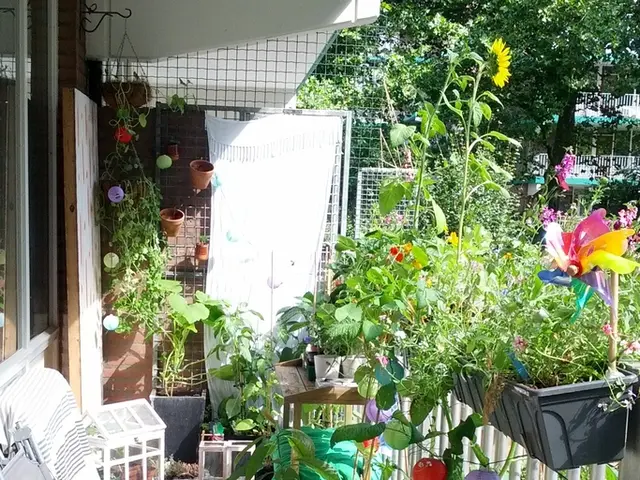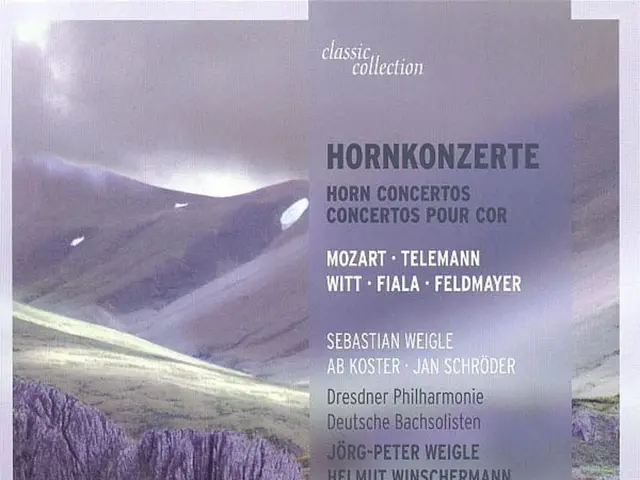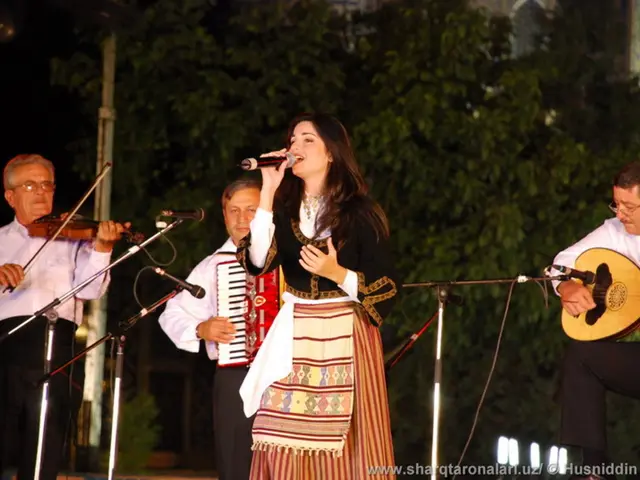Increasing interest in products labeled "Made in Russia" observed by several.
ARTICLE:
A survey conducted by the Position Research Center and Russian clothing brand "Svorotka" reveals insights into the changing fashion landscape in Krasnodar. The study indicates that while only 10% of Krasnodar residents believe that domestic clothing design incorporates sufficient national and cultural style elements, 22% are confident that designers are aligning with global trends.
One-third of respondents (35%) have noted a growing demand in society for a distinct national identity in fashion, art, and architecture, with half expressing a growing preference for "Made in Russia" products. Moreover, 25% of the surveyed expressed a desire for comfortable, free clothing featuring elements referencing folk costumes.
Respondents believe that the new "Russian style" should be stripped of any mandatory connections to antiques. Top choices for reinterpretation include kosovorotkas (44%), rubakhas (32%), and sarafans (15%). The majority (45%) believe that naturalness and authenticity should form the basis of this style.
Approximately one-third (33%) of Krasnodar residents are open to incorporating clothing from the new "Russian style" if modernized, with 24% expressing a willingness to purchase such clothing if it becomes widely available. The primary motivations for adopting these clothing items include emphasizing individuality (54%), standing out from the crowd (20%), finding it fashionable (15%), and blending well with their existing wardrobe (11%).
Ivan Giriya, founder of the "Svorotka" brand, observes an increasing demand for modern, stylish kosovorotkas, with an annual growth rate of 80% since 2023. He predicts that the interest in Russian-style clothing, ethnic motifs, and cultural influences will persist across various sectors, including fashion, media, music, cinema, and architecture.
Interestingly, friends and acquaintances are the primary influencers for Krasnodar residents, with 35% of survey participants citing their close circle's example as an incentive to explore modern clothing incorporating Russian national costume elements. In contrast, 20% were motivated by celebrities from the entertainment industry.
The trend for Russian-style clothing in major cities like Moscow, St. Petersburg, Yekaterinburg, Krasnodar, and Rostov-on-Don is influenced by a blend of traditional heritage and modern styles. While Russian traditional garments like the sarafan and ushanka are primarily worn during cultural events and festivals, there is a growing interest in integrating traditional elements into contemporary fashion, especially among younger generations who aim to preserve cultural heritage while embracing global influences.
Social media platforms like TikTok showcase these modern interpretations, highlighting the fusion of historical styles with modern aesthetics. The blend of Russian heritage with global trends is particularly popular among fashion-conscious individuals in cities like Moscow and St. Petersburg. Meanwhile, cities like Yekaterinburg, Krasnodar, and Rostov-on-Don also see a growing interest in traditional clothing, especially during cultural events and among those interested in regional heritage preservation.
The internet and social media have significantly impacted the way Russians interact with traditional clothing, providing a platform for showcasing and discovering Russian-inspired fashion. This digital exposure fuels the trend and continues to drive the demand for contemporary clothing incorporating elements of Russia's cultural heritage.
- In the fashion landscape of Krasnodar, the growing demand for a distinct national identity is evident, not only in clothing but also in interior-design, lifestyle, and home-and-garden spaces, as one-third of respondents have noted a growing preference for "Made in Russia" products across various sectors.
- A modernized version of traditional Russian clothing, such as the kosovorotka, rubakha, or sarafan, could potentially become a fashion statement in the lifestyle and fashion-and-beauty realm, considering that approximately one-third of Krasnodar residents are open to incorporating these clothing items into their wardrobe, especially when they blend well with existing styles.
